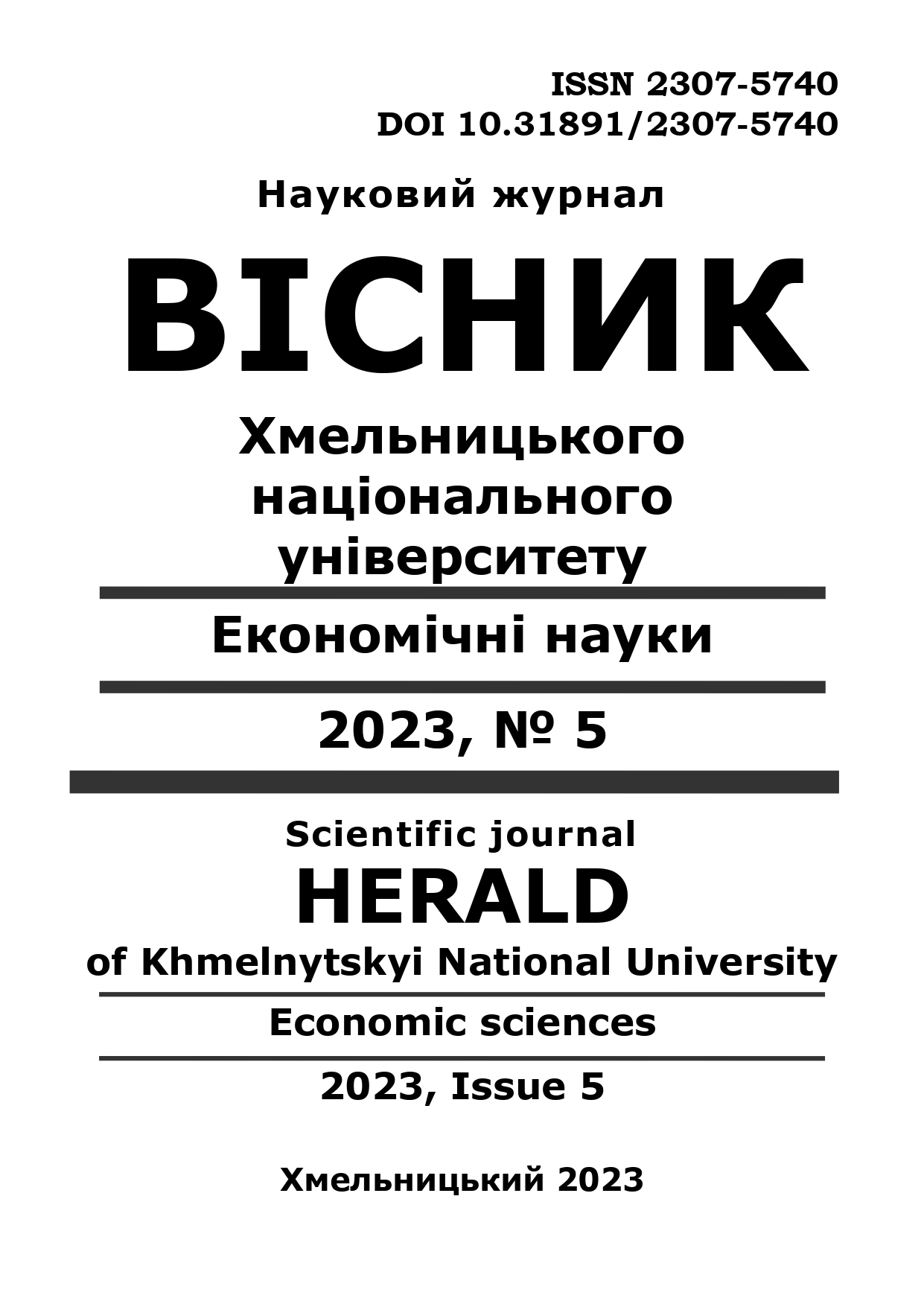STRATEGIC DIRECTIONS INCREASING THE EFFICIENCY OF AGRICULTURAL LANDS USE IN CONDITIONS OF POST-WAR RECONSTRUCTION
DOI:
https://doi.org/10.31891/2307-5740-2023-322-5-2Keywords:
development strategy, land use efficiency, sustainable land use, production intensity, structure of cultivated areasAbstract
The article summarizes the study of strategic directions in land use under the conditions of sustainable development and efficiency in agricultural enterprises with different production structures. The author uses grouping, a correlation method, reliability check of differences in averages, using t-Student method as `a research methods.
Calculating the specialization coefficient according to the structure of cultivated areas, the author assessed crop rotation structure at enterprises. The research included 515 enterprises in Kharkiv region according to 2020 data. The article established that with a value of the specialization coefficient of up to 0.25, 2,482,000 UAH of marketable products accounted for 100 hectares of agricultural land, and with an increase of more than 0.85 – 2,120,000 UAH.
The probability that these values are not random is quite high -83.5%. The enterprises with a larger number of crops in the crop rotation had a larger average area of agricultural land. According to the indicator of profit per unit of land area and the level of profitability, the enterprises with an average and high coefficient of specialization turned out to be the most efficient. Moreover, the enterprises with a specialization coefficient of up to 0.55 had the largest rent. In the course of work, the author built a regression dependence model of rent on the size of agricultural land, the specific weight of animal husbandry in the structure of marketable products, and the value of the specialization coefficient. According to the results of this model, only the value of the specialization coefficient had a negative effect on the amount of rent.
The article emphasizes that in the period of post-war reconstruction, the strategic directions of state policy in the agricultural sector should be aimed at supporting multi-industry enterprises oriented towards the production of livestock products. This should ensure not only the economic efficiency of land use, but also the sustainability of the entire agricultural development


